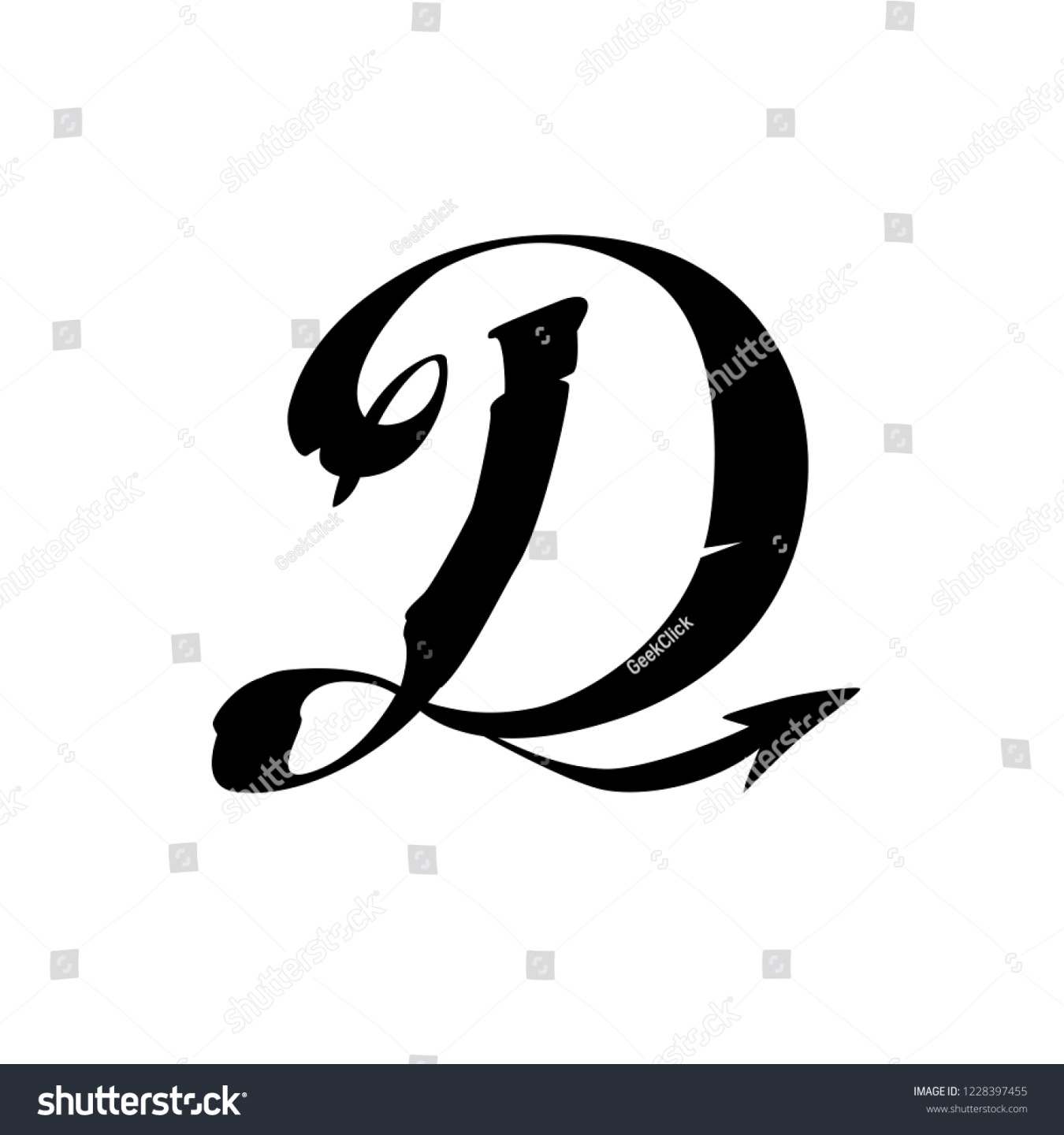
11 Best D&d Room Ideas 2024
Imagine a world tour that transcends airplanes and jet lag. A journey where you explore ancient Egyptian tombs, marvel at the grandeur of Renaissance Italy, and peek into the studios of modern-day masters. All from the comfort of your favorite armchair! This whirlwind adventure is exactly what art history offers.
Art history is like a time capsule, each artistic period a snapshot of a civilization’s soul. By studying the paintings, sculptures, architecture, and other creative expressions of the past, we gain a deeper understanding of the cultures that produced them. It’s like deciphering a secret language, where brushstrokes, chisel marks, and the arrangement of buildings whisper stories of beliefs, traditions, and social structures.

Let’s set off on our exploration! First stop: the ancient world. Gaze upon the colossal pyramids of Giza, their smooth surfaces reflecting the desert sun. Imagine the backbreaking labor, the intricate planning, and the deep reverence for the afterlife that led to their construction. Fast forward a few millennia, and we find ourselves in the bustling agora of Athens. Here, gleaming white marble temples like the Parthenon stand as testaments to the ideals of democracy and the worship of the Greek gods. The lifelike forms of their statues, perfectly proportioned and imbued with a sense of serene beauty, tell us of a society that valued reason, athletics, and the pursuit of knowledge.
Venture into the grandeur of the Roman Empire, where sprawling Coliseums hosted gladiatorial combats and chariot races, reflecting a culture obsessed with spectacle and power. Journey onwards to the Byzantine era, where shimmering mosaics and towering domes adorned churches in Constantinople, centers of the Eastern Orthodox faith. Here, religious devotion is evident in every detail, from the golden halos surrounding saints to the intricate depictions of biblical scenes.

The artistic baton then passes to medieval Europe. Step into a dimly lit Romanesque cathedral, its massive stone walls and arched doorways conveying a sense of awe and mystery. Imagine the flickering candlelight illuminating brightly colored stained-glass windows, their stories from the Bible casting moving shadows on the worshippers below. As we approach the Renaissance, a spirit of rebirth and rediscovery sweeps through Europe. Artists like Leonardo da Vinci and Michelangelo break away from religious themes, celebrating the human form and classical ideals in all their glory. Their paintings, with their mastery of perspective and light, create illusions of depth and realism that leave us breathless.
The whirlwind continues! We zip through the Baroque period, with its dramatic lighting effects and theatrical sculptures designed to evoke emotions. We wander through the elegant gardens and Rococo salons, where playful asymmetry and lighthearted ornamentation reign supreme. Then comes the revolution – the birth of Romanticism, where emotions run wild and nature is celebrated in all its untamed beauty. Stand before the evocative landscapes of Caspar David Friedrich or the dramatic historical paintings of Eugène Delacroix, and feel the power of their passionate visions.

The journey doesn’t end there. We race through the birth of photography, the rise of Impressionism with its focus on light and fleeting moments, and the bold experimentation of the modern art movements. Each period adds a new layer to our understanding of human creativity, its constant evolution mirroring the ever-changing world around us.
Imagine a vast, vibrant tapestry woven from countless threads. Each thread a unique artistic style, technique, or movement, all contributing to the rich and ever-evolving story of human creativity. That, my friend, is the history of art! Buckle up, because we’re about to embark on a whirlwind tour through some of the most fascinating periods on this incredible artistic journey.

Art has been with us since the very beginning. Early humans weren’t just surviving in caves; they were adorning them with magnificent paintings of animals and hunting scenes. These prehistoric masterpieces, etched with ochre and charcoal, weren’t just decoration – they were stories whispered across time, testaments to our ancestors’ wonder at the natural world.
Fast forward through millennia, and we arrive in the dazzling cradle of civilization – ancient Egypt. Here, art served a grand purpose: to glorify the pharaohs and bridge the gap between the earthly realm and the divine. Towering pyramids, adorned with hieroglyphs and intricate carvings, served as monumental tombs fit for gods and kings. Inside, vibrant wall paintings depicted scenes from the afterlife, ensuring a comfortable eternity for the pharaohs.

Across the Mediterranean Sea, another artistic powerhouse flourished – ancient Greece. The Greeks, with their emphasis on reason and beauty, created sculptures that embodied the ideal human form. Their statues, carved from marble with breathtaking precision, captured the essence of strength, athleticism, and divine grace. Greek art wasn’t just about aesthetics; it was a celebration of the human spirit, a testament to our potential for greatness.
As the torch of civilization passed to Rome, art took on a more practical and political bent. Roman artists were masters of engineering and architecture, building vast public structures like the Colosseum and the Pantheon. These magnificent edifices served not just as arenas and temples, but also as powerful symbols of Roman might and ingenuity. Roman art was all about grandeur, about creating awe-inspiring testaments to the power of the empire.

The pendulum swung once again with the rise of Christianity. Early Christian art was filled with symbolism and devotion. Murals adorned the walls of catacombs, depicting stories from the Bible and offering solace to the faithful. As Christianity gained prominence, grand churches filled with mosaics and stained glass windows began to dot the landscape. These stunning structures were testaments to a new faith, filled with light and color that spoke of hope, redemption, and the divine.






